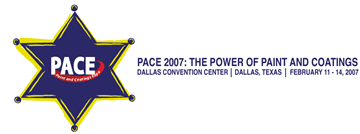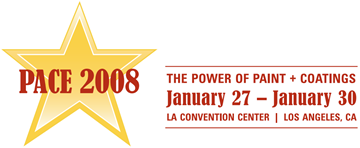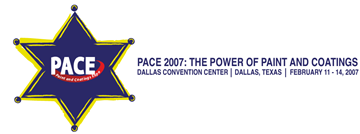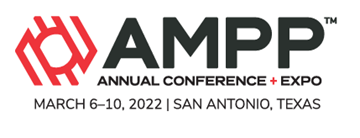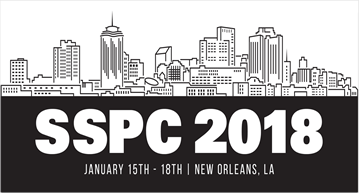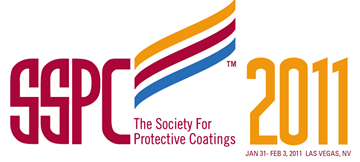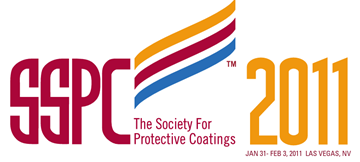Search
Products tagged with 'bridge'
View as
Sort by
Display
per page
Impact of 3rd Party Inspection: A Case History on the Harbor Bridge
Product Number:
41207-305-SG
Publication Date:
2007
$20.00
Inspection of the polyurea on the San Mateo Bridge
Product Number:
41208-408-SG
Publication Date:
2008
$20.00
Keeping the Schedule: Climate Control Helps Keep the Charles-de-Gaulles Bridge Project on Schedule
Product Number:
41213-787-SG
Publication Date:
2013
$20.00
Maintenance Practice on the Golden Gate Bridge
Product Number:
41207-386-SG
Publication Date:
2007
$20.00
Metallizing Steel Bridges In New England - It’S Growing!
Product Number:
51322-17836-SG
Publication Date:
2022
$20.00
New Ultra-Durable Anti-Corrosion Coating System For Steel Infrastructure in Extreme Environments
Product Number:
51323-19357-SG
Publication Date:
2023
$20.00
Novel Testing Methodology of TwoCoat and Three-Coat Systems for Steel Bridge Structures
Product Number:
51218-163-SG
Publication Date:
2018
$20.00
Preparing an Inspection Plan for Bridge Maintenance Painting
Product Number:
41211-596-SG
Publication Date:
2011
$20.00
Raising the Standard for Bridge Coatings in the State of Florida
Product Number:
41206-224-SG
Publication Date:
2006
$20.00
Rapid Installation of Replacement Connection Plates on the County of Placer/Foresthill Road Bridge - A Novel Engineered Approach to a Unique Set of Challenges
Product Number:
41214-862-SG
Publication Date:
2014
$20.00
Red Means Go, Polysiloxane Technology on the Roosevelt Island Bridge
Product Number:
41211-632-SG
Publication Date:
2011
$20.00

